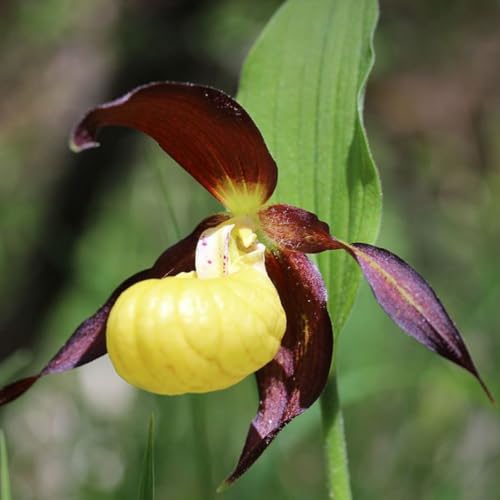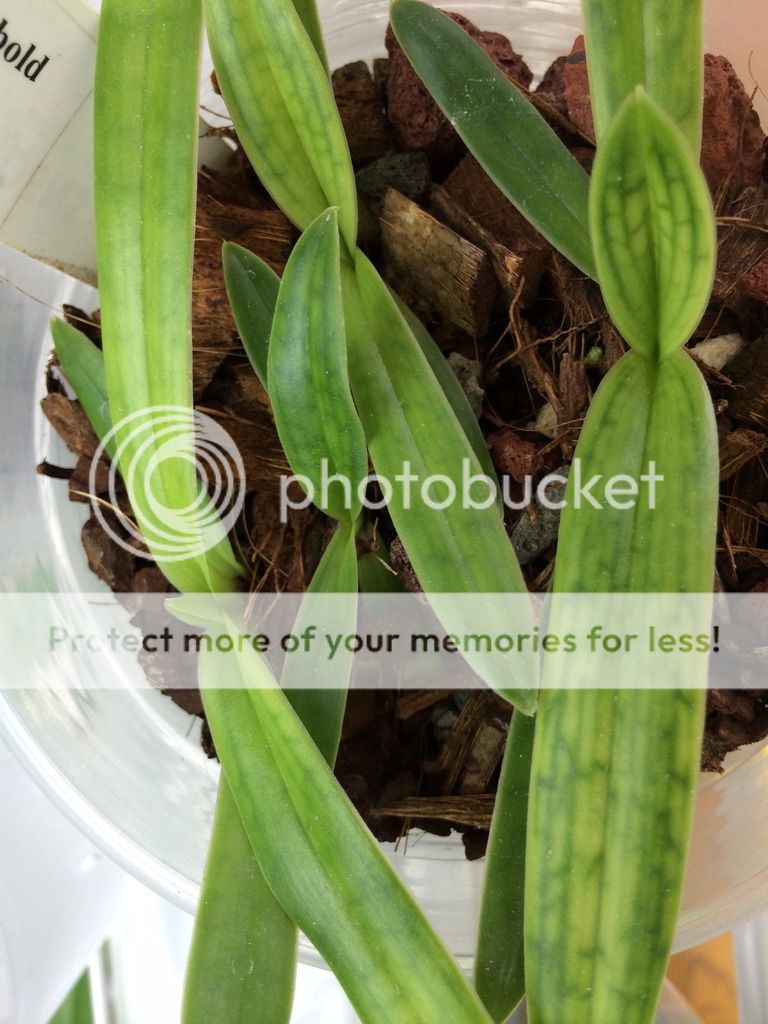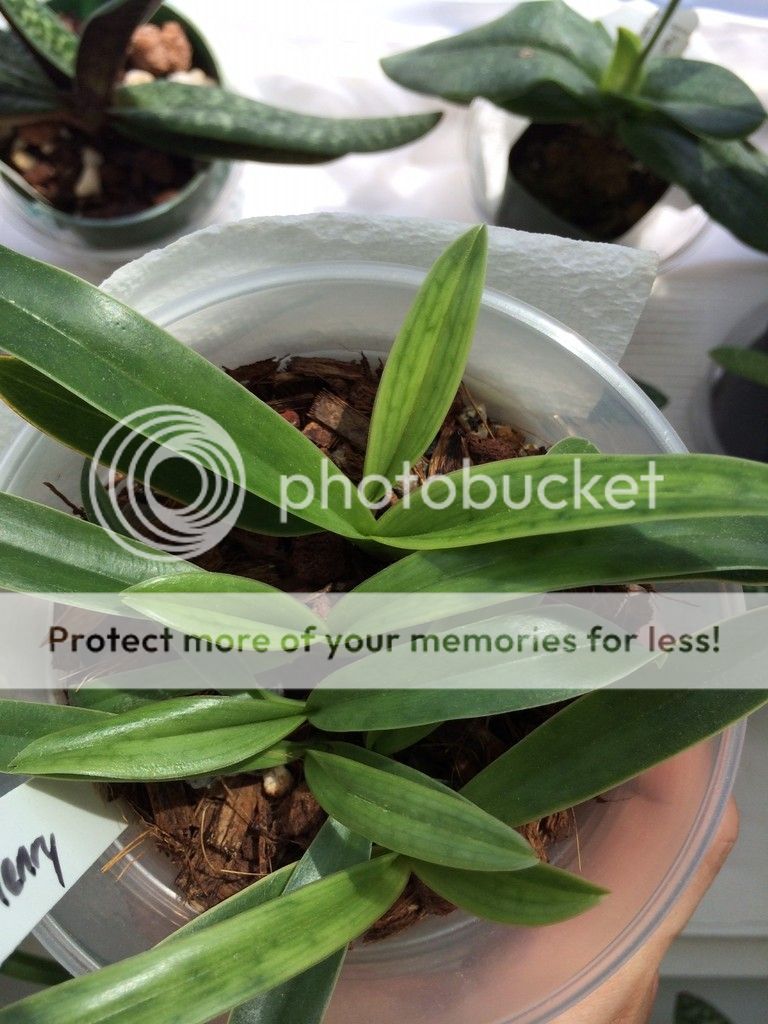PaphMadMan
phytomanic
Maybe it's just a matter of semantics, PMM. If the soil holds it and prevents it from being washed away, it seems to me that it is not allowing it to readily dissolve...
A thorough technical explanation of the chemistry is beyond me without consulting references, and I'm an analytical chemist by profession. But the short answer is: Cations held by soil CEC definitely ARE readily available to plants, and that is the relevant point. Clay and humus compounds have net negative charge and hold onto cations to balance charge, but essentially those cations are still in solution even though the anions may not be. Uptake by roots is mostly an active process by swapping cations and the ones held by CEC are largely available for that process just as if they were free in solution.














































